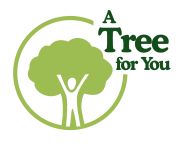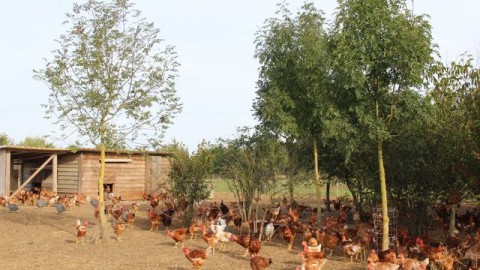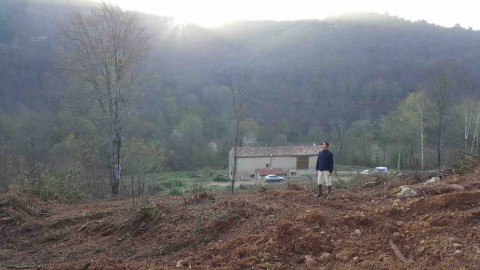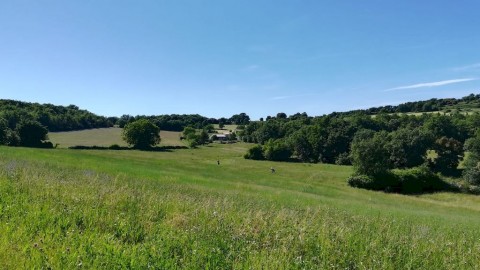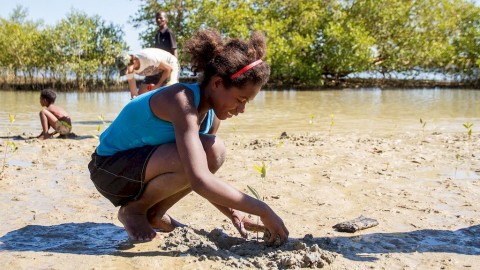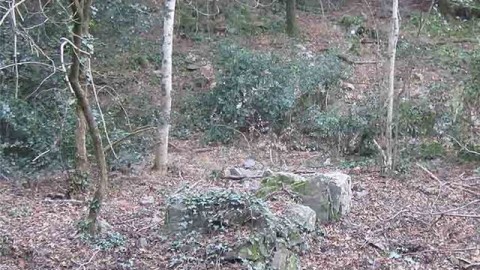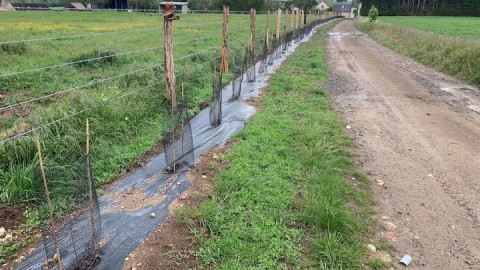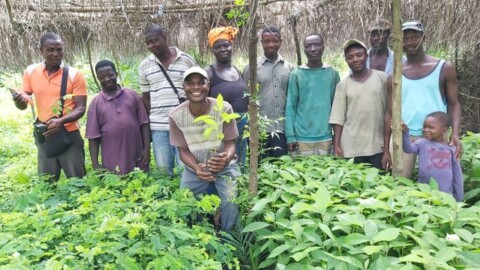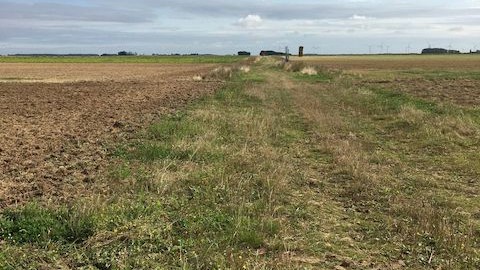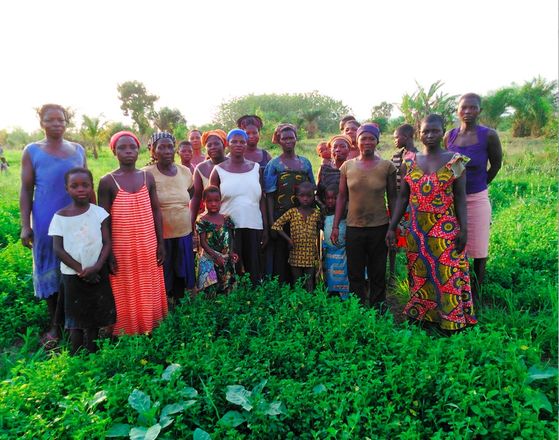
Background & challenges
A small village with around 600 inhabitants, Kouaxoe is located 12km from Tsévié, the main city in this maritime region. The population lives mainly off agriculture and fishing. But the soil is extremely degraded and so provides very little return. Households also lack fuelwood and lumber. To meet their needs, the villagers have no choice but cut down trees in the gallery forest of the river Zio, which is declining day by day. If the situation is not reversed, it will result in serious environmental and social consequences, as well as a mass exodus.
In response, two action plans have been put in place:
- Agroforestry, with the planting of fertiliser trees on 20 smallholder plots to naturally enrich the soil and so boost the yields of (mainly) subsistence crops (bananas, taros, yams, garden produce). A further benefit: reduction in both chemical inputs and the purchasing of GMO seeds
- Forestry, by introducing local forests so villagers can gather fuelwood, lumber, and fodder; a behavior shift that protects the gallery forest of the river Zio:
- 10 family-forests, each on a half hectare
- Two community forests, each on two hectares
Project type

Agroforestry and forestry
Beneficiaries

Smallholder families and individuals, plus groups organised by the village chiefdom and Village Development Committee
300 people, 50/50 men and women
Number of trees

25,500 planted: 10,500 fertiliser and 15,000 forest trees
A total of 15,000 trees are expected to remain after several years of sustainable management
Species planted

Fertiliser trees: Samanea saman, Albizia stipulata, Albizia lebbeck, and Gliricidia sepium, Leucaena leucocephala
Forest trees: Terminalia superba, Terminalia ivorensis, Cola cordifolia, Melina, and Tectonia grandis
Operator

APAF – Togo
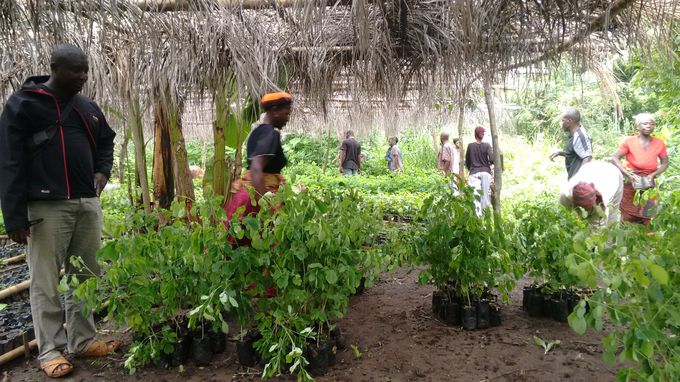
Works timeline
Natural regeneration support is provided throughout the year
For trees coming from nurseries:
- November / december 2018: creating the nursery, which includes purchasing and potting seeds, setting up shade screens to protect seedlings. ‘End of domancy’ seed treatment in November, December, and January.
- January 2019: seed planting
- April 2019: seedling planting
Operator
Since 1992, through a European-African network, the association for the promotion of fertiliser trees, agroforestry and forestry (APAF) has been promoting an agroecological and agroforestry system in Africa. This cropping approach brings soil back to life and restores biodiversity through the use of so-called fertiliser trees.
The agroforestry methods used combine these fertiliser trees with all types of subsistence (maize, sorghum, yams) and commercial (cacao, coffee) crops. The fertiliser trees enrich, structure, and restore the soil.
The APAF approach empowers smallholders to:
- Sustainably cultivate the same plots of land year after year, generation after generation
- Increase their revenue and diversify the sources
- Preserve and rebuild biodiversity
- Preserve and restore forest ecosystems
- Reduce their workload and gain more independence (women)
These methods take into consideration traditional practices, the reality of the situation for smallholders and their way of thinking. As a result, uptake of APAF’s alternative approach is rapid and widescale thanks to ‘word of mouth’.
Budget
The total sum to be raised amounts to €5.250, i.e. just €0.35 per tree (average cost of a forestry or agroforestry tree).
